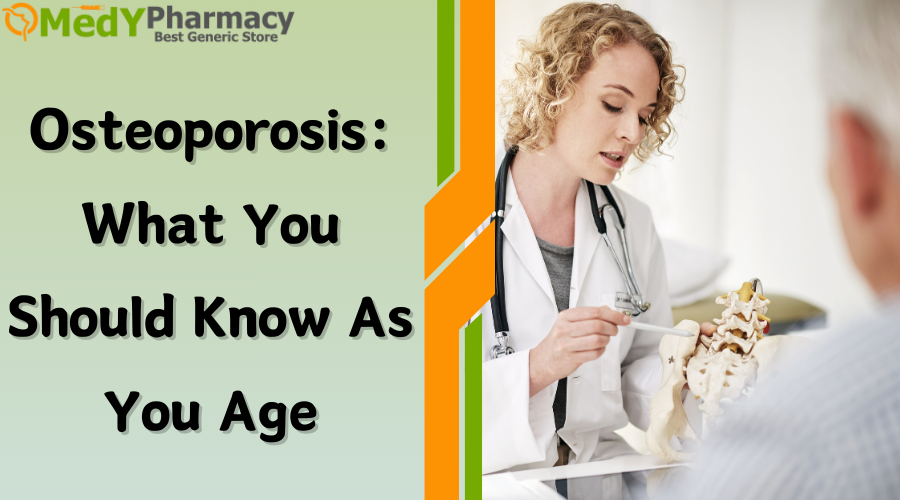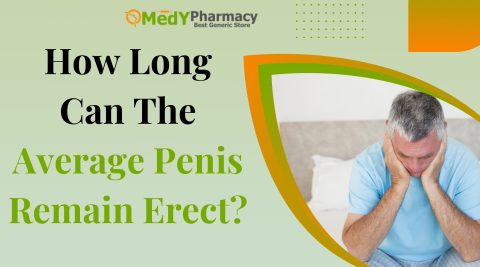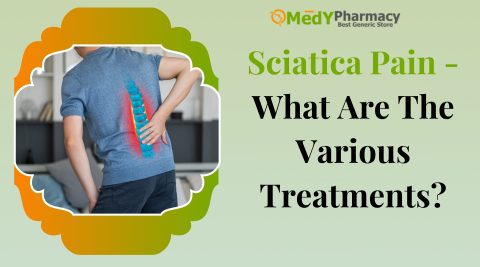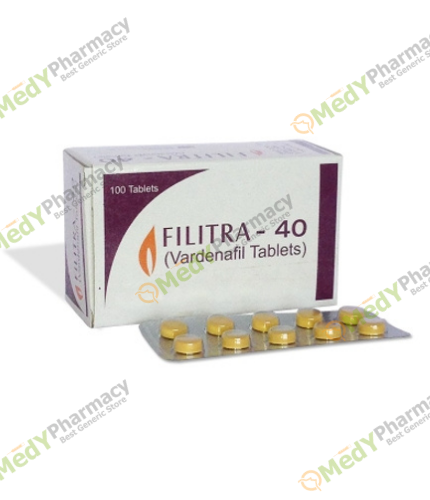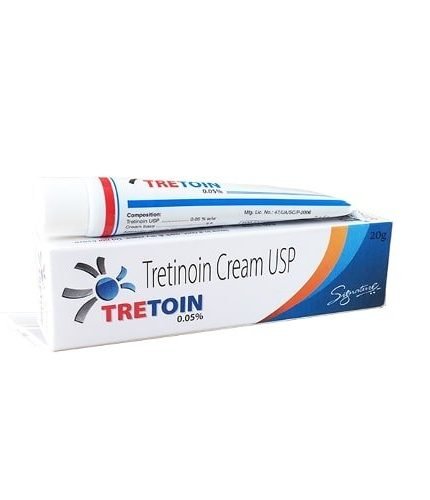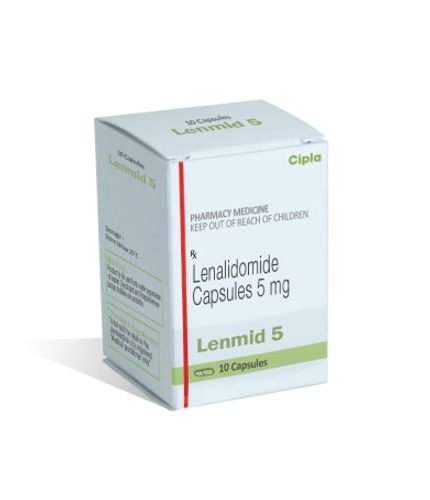Introduction:
Osteoporosis is a bone-weakening illness. It causes your bones to be thinner and less dense than normal. People with these have a far higher risk of breaking bones.
Your bones are normally dense and strong enough to support your weight and absorb the majority of hits. As you age, your bones naturally lose density and the ability to renew (remodel).
The sooner a healthcare expert detects osteoporosis, the less likely you are to have a bone fracture. Ask your doctor about assessing your bone density, especially if you’re over 65, have had a bone fracture after the age of 50, or someone in your biological family has osteoporosis.
What Is Osteoporosis?
Osteoporosis is a disease that causes bones to thin, weaken, and break more easily, usually as a result of a minor fall. Although bones can fracture anywhere on the body, the spine, wrist, and hip are the most common.
- Hips
- Wrists
- Spine
This is commonly referred to as the “silent disease.” You cannot feel or see your bones thinning. Many people are unaware that their bones are thin until they shatter. A shattered bone might disrupt your everyday activities and cause major complications.
As bones lose density, they weaken and are more prone to breaking. If you are 50 years or older and have broken a bone, consult your doctor or healthcare provider about a bone density test.
Overview of Osteoporosis
- It is a bone-related condition in which bone strength decreases with decreased bone mass.
- It is more common in women over the age of fifty, but it can also affect men.
- There are no early symptoms of this, and it is only noticeable when you have a fracture.
- Doctors require photos to diagnose osteoporosis.
- It can cause agony for years or even your entire life.
- It could be traced back to your family history.
- Males may experience erectile dysfunction.
Osteoporosis symptoms
There are no symptoms or warning indications in the early stages of osteoporosis. Most persons with these are unaware of the condition until they experience a fracture.
- Receding gums
- Reduced grip strength
- Weak and brittle nails
If you don’t have any symptoms but have a family history of osteoporosis, speaking with your doctor can help you determine your risk.
- Back discomfort is caused by a damaged or collapsed spinal bone.
- Height loss occurs over time.
- A stooping posture.
- A bone that fractures more easily than expected.
How widespread is osteoporosis?
More than 50 million people in the United States suffer from osteoporosis.
This is frequent in adults over the age of 50. Experts believe that half of all people are assigned females at birth and one in every four people assigned male at birth Control over the age of 50 have osteoporosis.
According to studies, one in every three persons over the age of 50 who do not have osteoporosis has some degree of bone density loss (osteopenia). People with osteopenia have early indicators of osteoporosis. If not treated, osteopenia can progress to osteoporosis.
How to Reduce Your Chance of Developing Osteoporosis
Although certain risk factors for osteoporosis cannot be changed, there are numerous activities you can take to support bone health. Lifestyle adjustments, vitamin-rich meals, and bone health supplements can all assist increase bone density.
- A Healthy Lifestyle
A healthy, active lifestyle can help reduce your risk of osteoporosis.
- Exercise: Make physical activity an integral component of your everyday routine. Weight-bearing activities such as walking, running, and skipping rope can help you build strong bones and reduce bone loss.
- Avoid consuming alcohol and smoking: Tobacco use and heavy alcohol consumption can also contribute to weaker bones. Limiting or eliminating these practices can help prevent osteoporosis.
- Diet
If you are concerned about getting osteoporosis, you should eat a nutritious diet rich in vitamins. Include these nutrient-rich items in your next grocery store trip:
Calcium: Calcium-rich foods include leafy green vegetables, dried fruits, tofu, and yogurt. Calcium is necessary for good bone health. Adults should aim for 1,000 mg each day.
Vitamin D: To absorb calcium, your body requires adequate vitamin D. Red meat, eggs, and oily fish such as salmon, sardines, herring, and mackerel are rich in vitamin D. When exposed to sunshine, your skin can also produce vitamin D.
Osteoporosis Risk Factors
Age
The greatest risk factor for osteoporosis is age. Throughout your life, your body degrades and regenerates bone.
However, when you reach your thirties, your body begins to break down bones quicker than it can replace. This causes bone to become less thick and more fragile, making it more prone to breakage.
Menopause
This is another major risk factor, affecting women between the ages of 45 and 55. Menopause, due to the concomitant change in hormone levels, can cause a woman’s body to lose bone even faster.
- Being female
- Caucasian or Asian
- Having a family history
- Poor nutrition
- Physical inactivity
- Smoking
- Low body weight
- Small-boned frame
Some osteoporosis risk factors, such as poor nutrition and inactivity, are under your control. For example, improving your nutrition and beginning an exercise regimen can help your bone health. However, you have no control over other risk variables such as your age or gender.
Senile osteoporosis
Perhaps you’ve heard of senile osteoporosis. This is not a distinct type; rather, it is osteoporosis caused by aging after other potential secondary causes have been ruled out.
As previously noted, age is a major risk factor for osteoporosis. Unless suitable prevention or treatment measures are taken, your body’s increasing bone disintegration might result in weakening bones and osteoporosis.
Osteoporosis drugs
Bisphosphonates are the most often used medications for treating osteoporosis. These are used to prevent bone loss.
- Alendronate
- Ibandronate
- Risedronate
- Zoledronic Acid
Testosterone
- Hormonal treatment
For women, estrogen taken during and after menopause can help prevent bone density loss. Unfortunately, estrogen therapy has been linked to an increased risk of blood clots, heart problems, and some types of cancer.
Raloxifene offers estrogen-like benefits without the associated hazards but may raise the risk of blood clots.
- Romosozumab
The FDA approved this medication to treat women who have undergone menopause and are at high risk of fractures.
For 12 months or less, the medication is administered via two injections beneath the skin (in the same sitting). It carries a “black box” warning since the Enmity may raise the risk of heart attacks or strokes, thus it is not suggested for persons who have had either.
Common causes of osteoporosis
Osteoporosis can have several causes. This disease is widespread in senior age. However, the same phenomenon is frequently observed among young adults.
When we examine the causes of the ailment, we will also determine the cause. Examine the causes of the major illness.
- Malnutrition is one of the leading causes of the condition. One of the leading causes of the condition is overexposure to fast foods and a lack of sufficient calorie foods.
- Although the damage is not immediately apparent, it eventually corrupts and decays your bone marrow, causing you to suffer indefinitely.
- Another major contributing factor to the disorder’s development is excessive alcohol consumption. This applies to both males and girls. Males may have an excessive tolerance for alcohol. However, in the case of females, frequent alcohol consumption is sufficient to bring such misery into old life.
- Doctors believe that heavy smoking is the third most common cause of the illness.
- Men have a natural process to develop strength in their bone marrow, thus smoking has less of an impact on them. However, in acute cases, it can be harmful. However, in the case of females, regular smoking causes the disease.
Do you know that the three causes listed above are also typical in men with erection issues? So, in men, erection problems and premature ejaculation-type problems are early warning signs that they would acquire osteoporosis in later life.
To avoid such misery, it is preferable to seek ED therapy and use Suhagra 100 or other sildenafil citrate tablets.
However, this option is not available to women, yet the disease is more common among women. As a result, researching the various factors that contribute to the illness is even more crucial.
The diagnosis of osteoporosis
As previously stated, identification of the disease is nearly challenging because it produces no early symptoms. When you have a significant bone fracture and visit a doctor, he may diagnose you with osteoporosis while taking an X-ray. In such circumstances, he will diagnose the ailment using the following procedure:
- He will perform an MRI to determine the mineral composition of your bones. The test is called the BMD test.
- He may request that you have a DEXA scan, a form of X-ray that allows him to see bone loss in your body.
- The test results will show calcium content, calcium vitamin content, zoledronic acid content, and alendronate content in your bone, which will help you pinpoint the problem. The doctor will constantly monitor these factors to track the progress of your treatment.
How can osteoporosis be treated?
Your healthcare physician will recommend a mix of treatments to reduce bone loss and strengthen existing bone tissue. The most important component of treating osteoporosis is avoiding bone fractures.
- Exercise:
Regular exercise might help you build stronger bones. Weight-bearing exercise may be recommended by your clinician to help you develop your muscles and improve your balance. Walking, yoga, Pilates, and tai chi are examples of exercises that cause your body to work against gravity. These exercises can enhance your strength and balance without putting too much strain on your bones.
- Vitamin and mineral supplementation:
You may need calcium or vitamin D supplements, either over-the-counter or by prescription. Your physician will advise you on the type you require, how frequently you should take them, and the appropriate quantity.
- Treatments for osteoporosis:
Your doctor will tell you which drugs are most beneficial to you and your body. Hormone therapy such as replacement estrogen or testosterone, as well as bisphosphonates, are among the most often used drugs for osteoporosis treatment.
What happens if bones break?
A vertebral fracture refers to a broken bone in your spine. It is the most common break caused by osteoporosis. A spine fracture can affect multiple sections of your body, not only the damaged bone. Spinal fractures can result in height loss, curvature of the shoulders and back, and an expanding waistline.
- If you consume less calcium-rich foods in your diet now, you are more likely to develop osteoporosis in your fifties.
- Otherwise, check your body weight. You want to be a zero-figure lady and attract boys to your figure now, but you may have to pay a high price in your later years because this condition is common in females with exceptionally low body weight.
- If you have a high thyroid level, you may get the condition. Thyroid sufferers are at an increased risk of developing the illness. So, if you have a thyroid condition, you need to be extra cautious.
- Another factor contributing to the development of this disease is low testosterone. However, this reason is more valid for men than for women. Males can detect a low testosterone influence at a young age.
- They can find it if they have reduced sexual desire to be in bed, low stamina, or erection problems. As a result, by taking Tadalafil–type tablets, men can remedy the situation and avoid the harmful disease.
- Menopause in women with all of the aforementioned diseases can also lead to osteoporosis, which is the most common cause.
Treatment for Osteoporosis
Osteoporosis treatment consists of two primary aspects. One is the medication, and the other is the nutrition you must follow.
You are taking bisphosphonates as well as hormone therapy. This can also contain important medications for men, such as Tadacip 20 or Vidalista 5.
In terms of nutrition, doctors would typically recommend fruits and vegetables of various types, seafood, and dairy products.
Last Words:
If you experienced early menopause, used corticosteroids for several months at a time, or either of your parents had hip fractures, you should consult with your doctor about osteoporosis.
You can, however, obtain all medications from Medypharmacy pharmacy and maintain your health with correct nutrition.
Most patients do not recover from the same condition in their lifetime, but with good care, they can. As a result, you should be optimistic.







